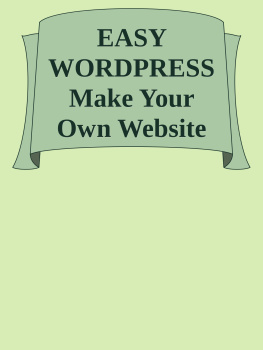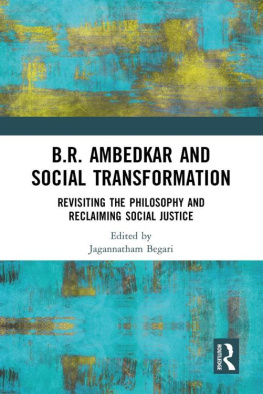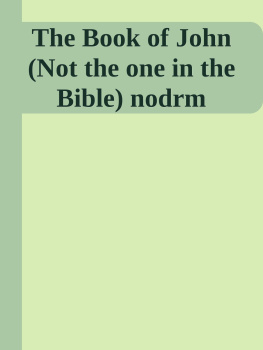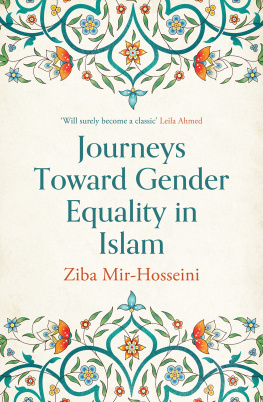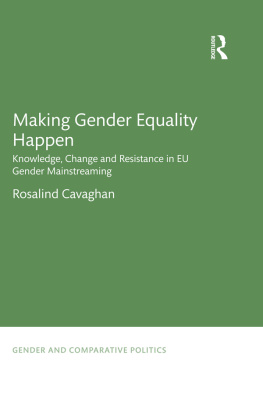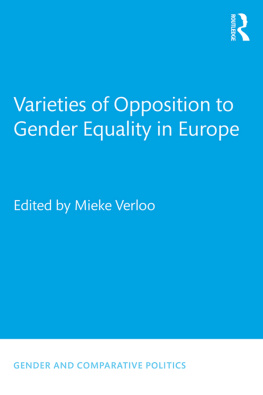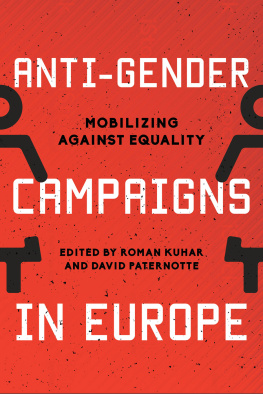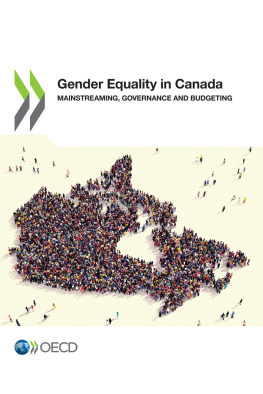Unknown - Tool Kit on Gender Equality Results and Indicators
Here you can read online Unknown - Tool Kit on Gender Equality Results and Indicators full text of the book (entire story) in english for free. Download pdf and epub, get meaning, cover and reviews about this ebook. year: 2013, publisher: Asian Development Bank, genre: Business. Description of the work, (preface) as well as reviews are available. Best literature library LitArk.com created for fans of good reading and offers a wide selection of genres:
Romance novel
Science fiction
Adventure
Detective
Science
History
Home and family
Prose
Art
Politics
Computer
Non-fiction
Religion
Business
Children
Humor
Choose a favorite category and find really read worthwhile books. Enjoy immersion in the world of imagination, feel the emotions of the characters or learn something new for yourself, make an fascinating discovery.

Tool Kit on Gender Equality Results and Indicators: summary, description and annotation
We offer to read an annotation, description, summary or preface (depends on what the author of the book "Tool Kit on Gender Equality Results and Indicators" wrote himself). If you haven't found the necessary information about the book — write in the comments, we will try to find it.
Unknown: author's other books
Who wrote Tool Kit on Gender Equality Results and Indicators? Find out the surname, the name of the author of the book and a list of all author's works by series.
Tool Kit on Gender Equality Results and Indicators — read online for free the complete book (whole text) full work
Below is the text of the book, divided by pages. System saving the place of the last page read, allows you to conveniently read the book "Tool Kit on Gender Equality Results and Indicators" online for free, without having to search again every time where you left off. Put a bookmark, and you can go to the page where you finished reading at any time.
Font size:
Interval:
Bookmark:

Gender Equality
Results and Indicators
Printed in the Philippines.
Publication Stock No. TIM135772
In this publication, $ refers to US dollars.
1550 Metro Manila, Philippines
Tel +63 2 632 4444
Fax +63 2 636 2444
www.adb.org
Public Information Center
Fax +63 2 636 2584
| Acknowledgments |
| Purpose of the Tool Kit |
| Abbreviations |
| Part A: Introduction and Framework |
| 1. Introduction to Gender Equality and Womens Empowerment Indicators |
| 2. Measuring Changes in Gender Relations |
| Part B: Gender Equality Results and Indicators |
| 3. Education and Training |
| 4. Energy |
| 5. Environmentally Sustainable Development and Climate Change |
| 6. Finance Sector, Private Sector, and Enterprise Development |
| 7. Health |
| 8. Humanitarian and Disaster Preparedness and Response |
| 9. Law, Justice, Security, and Violence against Women |
| 10. Public Sector Management and Reform |
| 11. Rural Development, Agriculture, and Food Security |
| 12. Transport |
| 13. Urban Development |
| 14. Water Supply and Sanitation |
| 1. Results and Indicators for Mitigating the Impacts of Displacement and Resettlement |
| 2. Sample Evaluation Questions on Gender Equality |
| References |
(i) | developing country and regional strategies and performance frameworks; |
(ii) | designing programs, projects, or other initiatives and their monitoring and evaluation frameworks; and |
(iii) | implementing, monitoring, reviewing, and evaluating policies, programs, projects, and other development initiatives. |
| ADB | Asian Development Bank |
| AusAID | Australian Agency for International Development |
| AWID | Association for Womens Rights in Development |
| CEDAW | Convention on the Elimination of All Forms of Discrimination against Women |
| CIDA | Canadian International Development Agency |
| DAC | Development Assistance Committee of the OECD |
| GAP | gender action plan |
| IASC | Inter-Agency Standing Committee |
| IDS | Institute of Development Studies, University of Sussex |
| IEC | information, education, and communication |
| OECD | Organisation for Economic Co-operation and Development |
| STI | sexually transmitted infection |
| UN | United Nations |
| UNDP | United Nations Development Programme |
| WHO | World Health Organization |
| WSS | water supply and sanitation |
Font size:
Interval:
Bookmark:
Similar books «Tool Kit on Gender Equality Results and Indicators»
Look at similar books to Tool Kit on Gender Equality Results and Indicators. We have selected literature similar in name and meaning in the hope of providing readers with more options to find new, interesting, not yet read works.
Discussion, reviews of the book Tool Kit on Gender Equality Results and Indicators and just readers' own opinions. Leave your comments, write what you think about the work, its meaning or the main characters. Specify what exactly you liked and what you didn't like, and why you think so.




